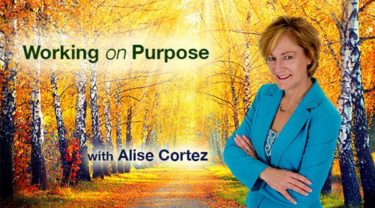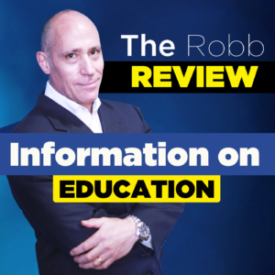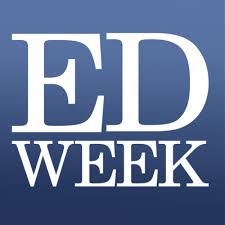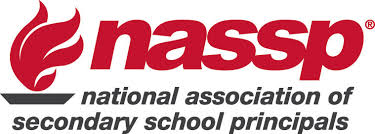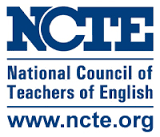A Centrist’s Perspective on Reading Wars: Educators Need to Use Common Sense to find Common Ground
By Dr. Sam Bommarito
The reading wars have become more inflamed in the past few weeks. With recent podcasts and other posts, the social media branch of the Science of Reading has doubled down on its pronouncements that Balanced Literacy is at the root of today’s reading problems. The suggestion has been made that major publishers like Heineman are in it for the money, and they are selling products they know are inferior. That makes for a great public relations campaign. It makes for terrible science. Please consider the following:
- It is not settled science.
Researchers talking to the Washington Post say that it is not settled science LINK, P.L. Thomas says it is not settled science LINK. Most importantly, The Executive Summary of the Reading Research Quarterly says we are not there yet to establish a Science of Reading. LINK. Given all that, common sense says the claim by Moats and her followers that it is settled and that they represent the one and only SOR is not justified.
- There are problems with the social media version of SOR
Moats’ approach makes almost exclusive use of synthetic phonics. Analytic phonics is ignored or viewed as an inferior approach. There is considerable evidence that programs based on Moat’s approach don’t work for all kids. The Hechinger Report found OG isn’t a magic bullet LINK. A full decade of using synthetic phonics in England has had equivocal results LINK. Reports from Australia indicate that some children don’t progress even after years of synthetic phonics LINK. The research backing up claims of SOR success often uses weak standards LINK. Common sense dictates that we have other things ready when SOR fails to do the job for selected groups of children.
- Through podcasts and other social media posts, critics of Balanced Literacy have carried out vicious attacks claiming BL has failed. Their attacks totally misrepresent what BL is about. Their data “proving” BL doesn’t work doesn’t hold up under close scrutiny. Too often, the attacks are based on complete misrepresentations of the actual facts LINK. Also, despite research around the long-term negative impact of retention, LINK, LINK, LINK, they laude the success of literacy programs like the one in Florida, which include retention as part of the program.
What is Balanced Literacy? Consider this excerpt from the 5th edition of Michael Pressley’s upcoming book.
“.. The cover of this book states that the topic is balanced reading instruction, a term that has recently become associated with meaning emphasis or whole-language approaches to teaching reading. I urge readers not to make that assumption, as this book does not fully support meaning-emphasis (whole language) or skills-emphasis instruction (phonics); it rather pulls the research for the many components required of reading and presents the most effective instructional approaches based on reading research…” (bolding is mine)
For a complete view of BL and what is really done in BL, readers are also invited to read Fisher & Fry’s book about Balanced Literacy LINK.
The story currently being told on social media claims that districts have been buying programs that don’t work for decades. Common sense dictates that even the most gullible folks would never keep buying things that don’t work over that length of time. There is plenty of data showing that BL works for many students LINK, LINK, LINK, LINK.
- To some degree, both sides are right, and both sides are wrong.
We’ll begin with the thought that both BL and the constellation of practices encouraged by SOR help some but not all. My dissertation focused on the last round of the reading wars. One of my committee members had an important insight into those wars. He said, “Sam, the reading wars have never really been about phonics vs. no phonics. They have always been about my phonics (analytic) vs. your phonics (synthetic). During the ensuing years (2000-present), many districts adopted programs that favored analytic phonics (meaning emphasis) approaches and deemphasized synthetic phonics (code emphasis)—doing things that way WAS NOT a complete failure. Kids were getting phonics. Analytic phonics did work for many of them. But it did not meet the needs of all the children.
I am critical of both “sides.” We have tried (or we are trying) both ways of teaching phonics and found both helped some but not others. We are at a crossroads. If we go to either extreme (mainly meaning emphasis) or the other (mainly code emphasis), some children will not be helped. Common sense dictates that we must find a way to provide both approaches to phonics and give each child the kind of phonics instruction that is most likely to help. That is a topic for a future blog.
- There is more to comprehension than providing background LINK. Teaching comprehension strategies requires the use of the time-consuming gradual release model. Yet some SOR advocates call for reducing the amount of time that we spend teaching comprehension strategies. Duke’s work around the Active Reading Model and the Sciences of Reading is compelling LINK, LINK. It makes more sense than the “provide background knowledge & all will be well” approach.
- The weaponization of research. Some folks use the SOR label in order to sell a particular program. See what Jorden Page says in this blog entry LINK. Also, consider Rachel Gabriel’s thoughts on this topic LINK.
.
Finding common ground and common practices.
I’ve often explained my centrist point of view LINK and my concept of a Reading Evolution LINK. They are rooted in P.D. Pearson’s concept of “The Radical Middle” LINK. I want to take special note of something Pearson said in that paper:
“In educational research, more generally, I find the debate about qualitative versus quantitative research about as compelling as the new phonics versus whole language debate. I cannot imagine why any field of inquiry would want to limit itself to a single set of tools and practices. Even though I find both debates interesting and professionally useful, I fear the ultimate outcome of both, if they continue unbridled by saner heads, will be victory for one side or another. That, in my view, would be a disastrous outcome, either for reading pedagogy or educational research…”
The common sense solution of cutting through the Gordian Knot around the issue of how to best teach reading is to use the best ideas from all sides.
Doing that is the key to identifying common ground. Districts must create a curriculum first, find materials and programs to fit it and implement it. The key to making that implementation happen is informed, empowered teachers working within that curriculum. Districts must be allowed to create a curriculum that fits their particular children the best. They should not be forced to buy expensive programs that may or may not fit their needs, especially since research-based alternatives are available. LINK.
So as I first said four years ago- it’s time to walk the centrist path and create a Reading Evolution. Dare to dream!
Dr. Bommarito has a 51-year career in education, teaching every grade from K through graduate school. He has served as chair of both the St. Louis and the Missouri ILA affiliates. He’s made numerous presentations at ILA (formally IRA) conferences, including national conferences. In spring 2022, he was a featured speaker at the LitCon conference. the main speaker at Albany New York’s ILA conference. Most of his career was spent working in Title 1 buildings as a reading specialist and/or staff developer. He has a weekly blog about literacy https://doctorsam7.blog/
![]()


